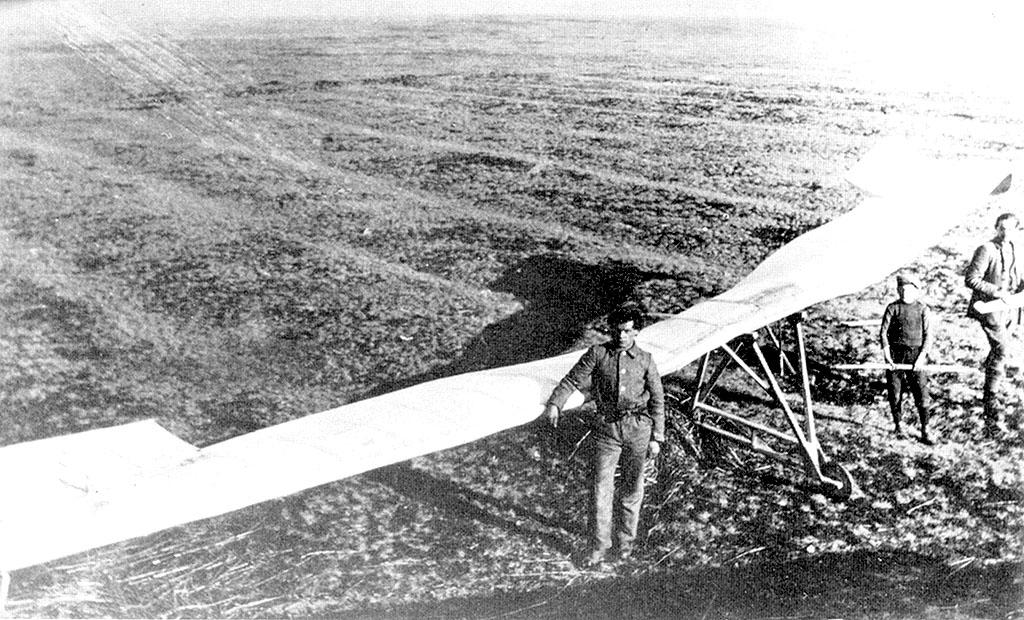Is het een Monte Copter 12?


Brainchild of Maurice L Ramme of Seattle, Washington, this aircraft began life in 1955 as the two-seat Monte-Copter 10, powered by an 135 hp Lycoming O-290-D2 engine driving a two-blade rotor with servo-control surfaces mounted at 90° to the blades. It was fitted with small wings and a tail-boom carrying twin fins.
After initial testing the aircraft was modified into the Monte-Copter 10A by removing the wings and fuselage skin, and replacing the Lycoming engine by two 160 shp Continental 140 air compressors (license-built Turbomeca Palouste). These engines were mounted on each side of the fuselage and supplied compressed air to the rotor-tip nozzles to turn the rotor.
Further modifications led to the pictured Monte-Copter 12 by replacing the fuselage skin, and fitting a single rudder in the jet efflux, instead of the former tail-boom. In this form it was flown for the first time in May 1958.
Laatst bewerkt:









